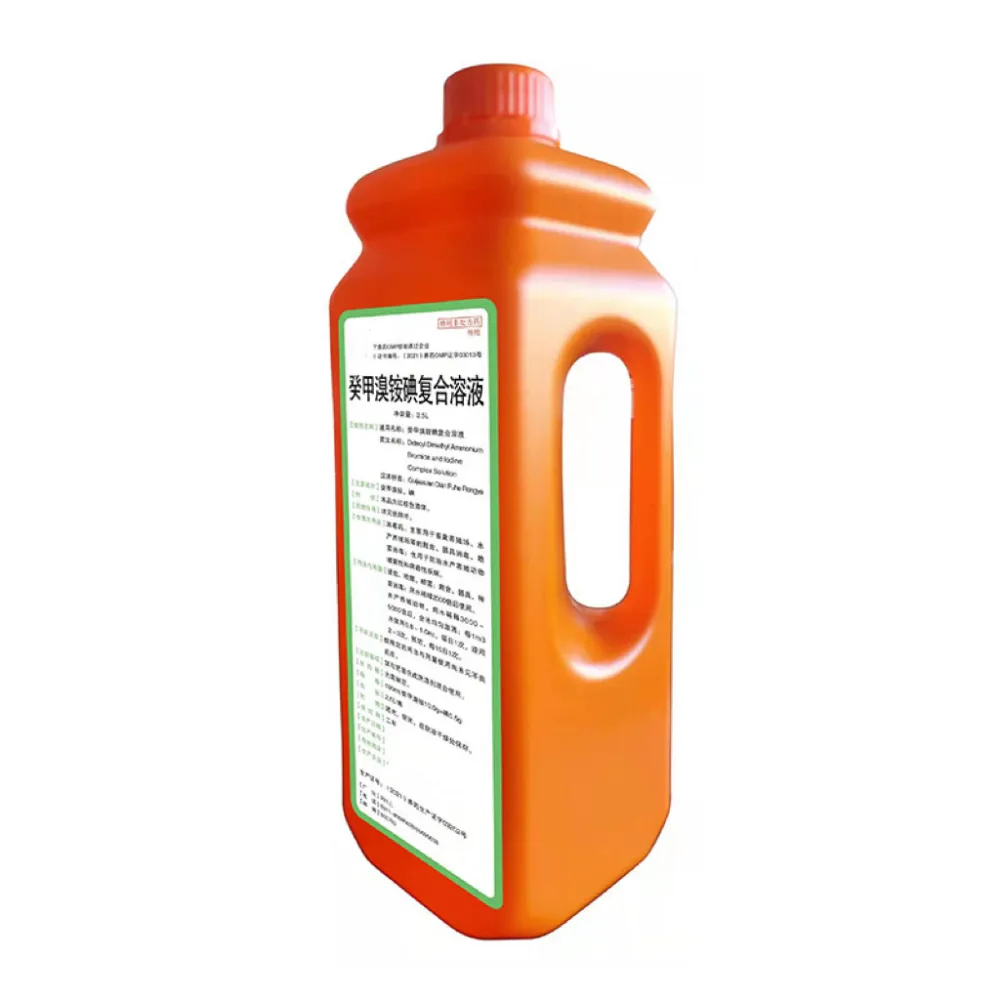- Afrikaans
- Albanian
- Amharic
- Arabic
- Armenian
- Azerbaijani
- Basque
- Belarusian
- Bengali
- Bosnian
- Bulgarian
- Catalan
- Cebuano
- Corsican
- Croatian
- Czech
- Danish
- Dutch
- English
- Esperanto
- Estonian
- Finnish
- French
- Frisian
- Galician
- Georgian
- German
- Greek
- Gujarati
- Haitian Creole
- hausa
- hawaiian
- Hebrew
- Hindi
- Miao
- Hungarian
- Icelandic
- igbo
- Indonesian
- irish
- Italian
- Japanese
- Javanese
- Kannada
- kazakh
- Khmer
- Rwandese
- Korean
- Kurdish
- Kyrgyz
- Lao
- Latin
- Latvian
- Lithuanian
- Luxembourgish
- Macedonian
- Malgashi
- Malay
- Malayalam
- Maltese
- Maori
- Marathi
- Mongolian
- Myanmar
- Nepali
- Norwegian
- Norwegian
- Occitan
- Pashto
- Persian
- Polish
- Portuguese
- Punjabi
- Romanian
- Russian
- Samoan
- Scottish Gaelic
- Serbian
- Sesotho
- Shona
- Sindhi
- Sinhala
- Slovak
- Slovenian
- Somali
- Spanish
- Sundanese
- Swahili
- Swedish
- Tagalog
- Tajik
- Tamil
- Tatar
- Telugu
- Thai
- Turkish
- Turkmen
- Ukrainian
- Urdu
- Uighur
- Uzbek
- Vietnamese
- Welsh
- Bantu
- Yiddish
- Yoruba
- Zulu
Nov . 09, 2024 05:42 Back to list
Use of Ivermectin Injection for Cattle Treatment and Management in Veterinary Practice
Ivermectin Injection for Cattle A Comprehensive Overview
Ivermectin is a broad-spectrum antiparasitic agent that has proven to be a crucial component in the management of internal and external parasites in livestock, particularly cattle. Its efficacy, safety, and ease of administration have made it a staple in veterinary medicine. This article aims to provide a detailed overview of Ivermectin injection for cattle, exploring its mechanisms, applications, administration methods, potential side effects, and best practices.
Mechanism of Action
Ivermectin works by binding to glutamate-gated chloride channels and other ion channels in the nervous system of parasites. This binding results in an increase in the permeability of the cell membrane to chloride ions, leading to paralysis and eventual death of the parasites. Ivermectin is effective against a wide range of parasites, including nematodes, arthropods, and some ectoparasites such as lice and mites. Due to its effectiveness and low toxicity to mammals, Ivermectin has become the preferred choice for treating various parasitic infections in cattle.
Applications in Cattle Management
Ivermectin is primarily used to treat and prevent infestations of harmful parasites that can significantly impact the health and productivity of cattle. Some common applications include
1. Control of Gastrointestinal Nematodes These parasites can lead to severe health issues, including weight loss, anemia, and decreased milk production. Ivermectin is frequently administered to reduce the burden of these parasites.
2. Management of External Parasites Insects such as horn flies, lice, and mites can cause distress and lead to secondary infections. Ivermectin effectively manages these populations and helps maintain animal welfare.
3. Preventive Strategies Routine administration of Ivermectin can be part of a comprehensive parasite management program. This preventative approach helps to reduce the likelihood of significant outbreaks and ensures that cattle remain healthy throughout critical production periods.
Administration Methods
Ivermectin for cattle is available in various forms, including oral solutions, topical applications, and injectable formulations. The injectable form is particularly advantageous due to its rapid absorption and longer duration of action. When administering Ivermectin injection, the following guidelines should be adhered to
ivermectin injection for cattle

- Dosage The typical dosage for Ivermectin in cattle is 200–400 micrograms per kilogram of body weight, depending on the specific formulation and the targeted parasites. It is crucial to follow the manufacturer's recommendations and consult a veterinarian when in doubt.
- Injection Technique Ivermectin is administered via subcutaneous or intramuscular injection. Proper injection techniques should be followed to minimize stress and discomfort for the animal. Clean needles and sterile equipment should always be used to prevent infections.
- Withdrawal Times Given that Ivermectin is used in food-producing animals, adherence to withdrawal times is essential. Following treatment, cattle should not be slaughtered for a specified period (commonly 35 days) to ensure that Ivermectin residues do not enter the food supply.
Potential Side Effects
While Ivermectin is generally safe when used as directed, cattle can experience some adverse reactions. These may include
- Injection Site Reactions Swelling, tenderness, or irritation can occur at the injection site. These effects are usually mild and resolve on their own.
- Neurological Symptoms Although rare, some cattle may exhibit symptoms such as salivation, incoordination, or tremors if overdoses occur. It is essential to monitor treated animals and seek veterinary care if severe symptoms arise.
- Drug Resistance Over time, the excessive use of Ivermectin can lead to the development of drug-resistant parasites. To combat this issue, it is vital to rotate antiparasitic drugs and integrate other management strategies such as pasture rotation and effective sanitation.
Conclusion
In conclusion, Ivermectin injection serves as a vital tool in the management of parasitic infections in cattle. Its efficacy against a broad spectrum of internal and external parasites, coupled with its favorable safety profile, makes it a preferred choice among veterinarians and cattle producers. However, appropriate administration techniques, adherence to withdrawal times, and awareness of potential side effects are essential to ensure the health of the cattle and the safety of the food supply. Ultimately, incorporating Ivermectin into a comprehensive parasite management program can enhance the overall productivity and welfare of cattle.
-
Guide to Oxytetracycline Injection
NewsMar.27,2025
-
Guide to Colistin Sulphate
NewsMar.27,2025
-
Gentamicin Sulfate: Uses, Price, And Key Information
NewsMar.27,2025
-
Enrofloxacin Injection: Uses, Price, And Supplier Information
NewsMar.27,2025
-
Dexamethasone Sodium Phosphate Injection: Uses, Price, And Key Information
NewsMar.27,2025
-
Albendazole Tablet: Uses, Dosage, Cost, And Key Information
NewsMar.27,2025













